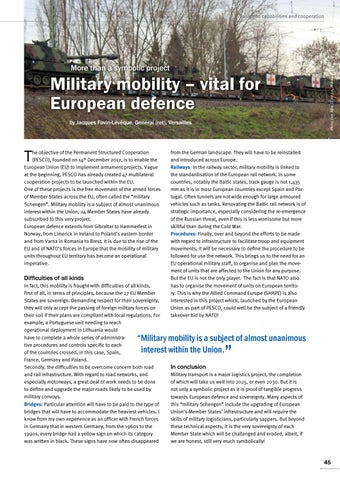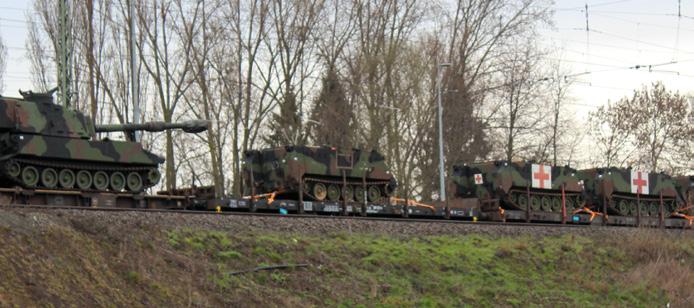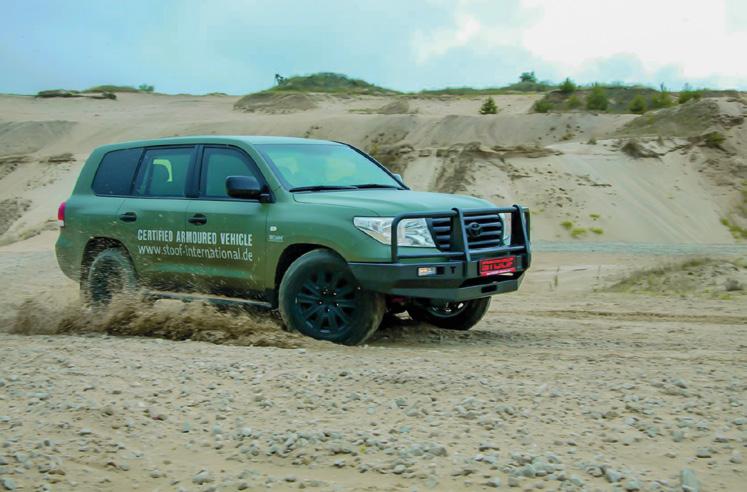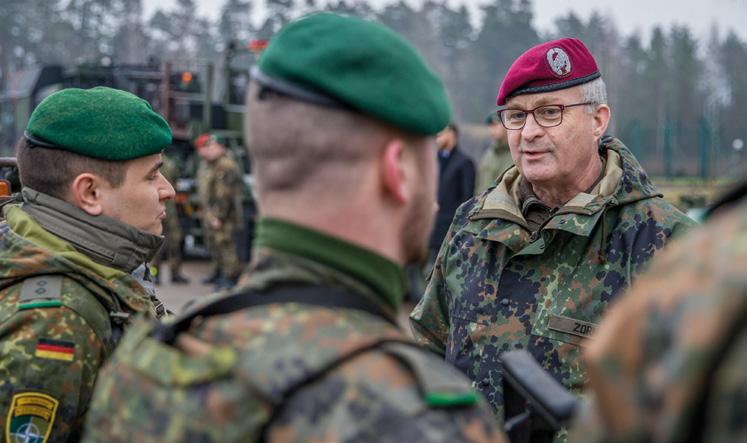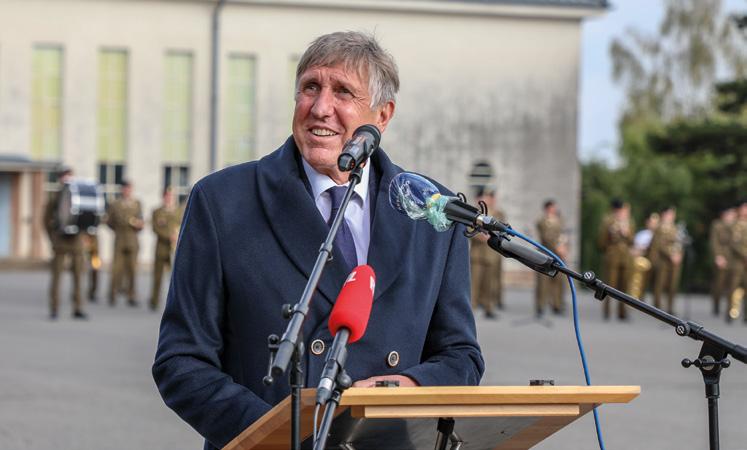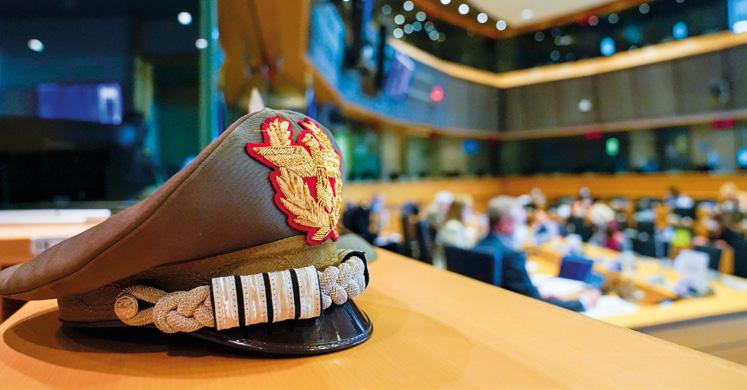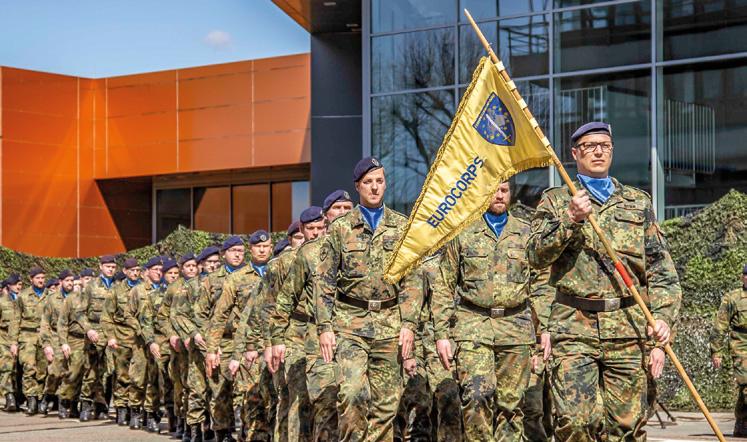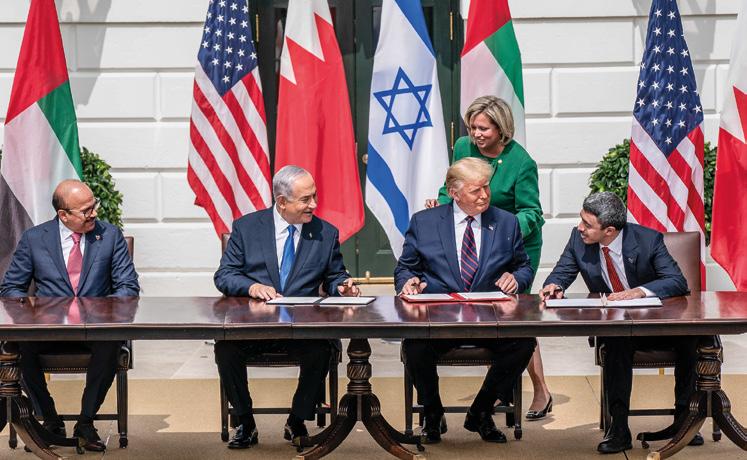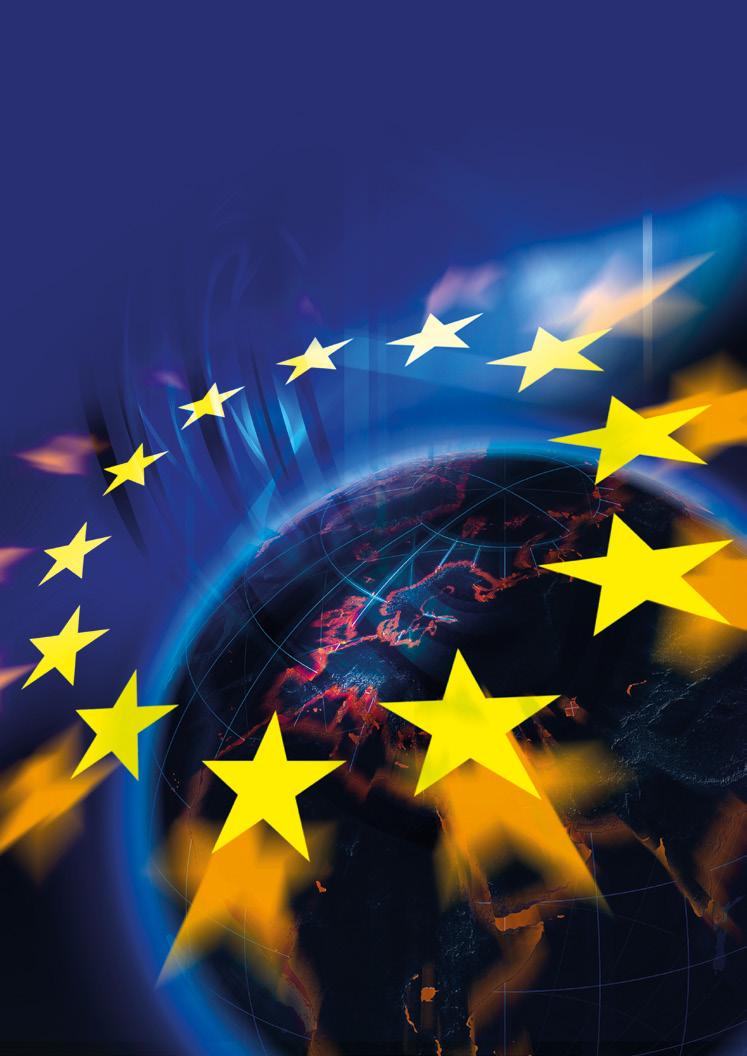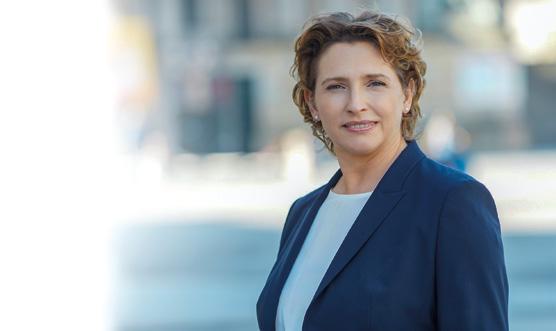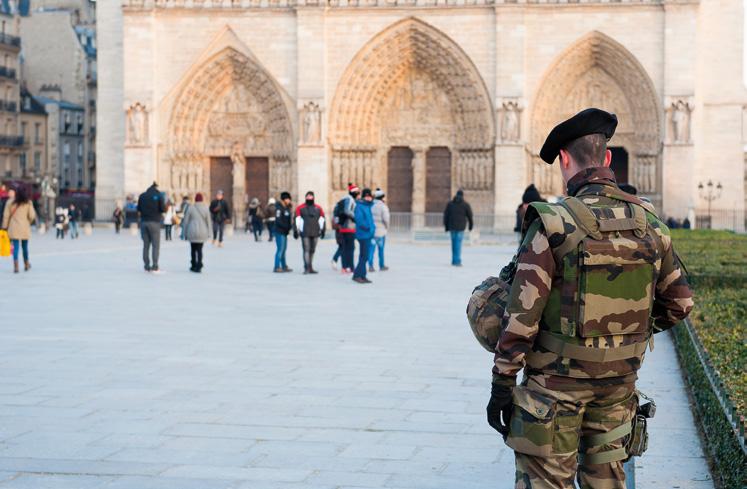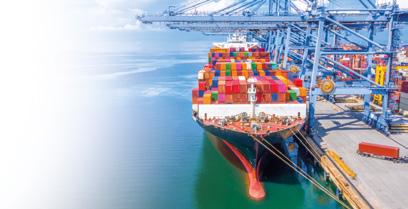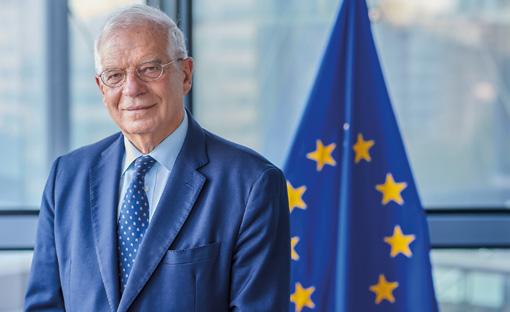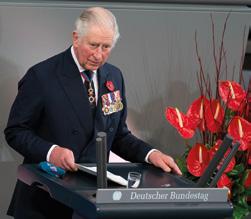European capabilities and cooperation
More than a symbolic project
Military mobility – vital for European defence by Jacques Favin-Lévêque, General (ret), Versailles
T
he objective of the Permanent Structured Cooperation (PESCO), founded on 14th December 2017, is to enable the European Union (EU) to implement armament projects. Vague at the beginning, PESCO has already created 47 multilateral cooperation projects to be launched within the EU. One of these projects is the free movement of the armed forces of Member States across the EU, often called the “military Schengen”. Military mobility is a subject of almost unanimous interest within the Union. 24 Member States have already subscribed to this very project. European defence extends from Gibraltar to Hammerfest in Norway, from Limerick in Ireland to Poland’s eastern border and from Varna in Romania to Brest. It is due to the rise of the EU and of NATO’s forces in Europe that the mobility of military units throughout EU territory has become an operational imperative.
Difficulties of all kinds In fact, this mobility is fraught with difficulties of all kinds, first of all, in terms of principles, because the 27 EU Member States are sovereign. Demanding respect for their sovereignty, they will only accept the passing of foreign military forces on their soil if their plans are compliant with local regulations. For example, a Portuguese unit needing to reach operational deployment in Lithuania would have to complete a whole series of administrative procedures and controls specific to each of the countries crossed, in this case, Spain, France, Germany and Poland. Secondly, the difficulties to be overcome concern both road and rail infrastructure. With regard to road networks, and especially motorways, a great deal of work needs to be done to define and upgrade the major roads likely to be used by military convoys. Bridges: Particular attention will have to be paid to the type of bridges that will have to accommodate the heaviest vehicles. I know from my own experience as an officer with French forces in Germany that in western Germany, from the 1960s to the 1990s, every bridge had a yellow sign on which its category was written in black. These signs have now often disappeared
Photo: Lars Riße, CC BY 2.0, Flickr.com
from the German landscape. They will have to be reinstalled and introduced across Europe. Railways: In the railway sector, military mobility is linked to the standardisation of the European rail network. In some countries, notably the Baltic states, track gauge is not 1,435 mm as it is in most European countries except Spain and Portugal. Often tunnels are not wide enough for large armoured vehicles such as tanks. Renovating the Baltic rail network is of strategic importance, especially considering the re-emergence of the Russian threat, even if this is less worrisome but more skillful than during the Cold War. Procedures: Finally, over and beyond the efforts to be made with regard to infrastructure to facilitate troop and equipment movements, it will be necessary to define the procedure to be followed for use the network. This brings us to the need for an EU operational military staff, to organise and plan the movement of units that are affected to the Union for any purpose. But the EU is not the only player. The fact is that NATO also has to organise the movement of units on European territory. This is why the Allied Command Europe (SHAPE) is also interested in this project which, launched by the European Union as part of PESCO, could well be the subject of a friendly takeover bid by NATO!
“Military mobility is a subject of almost unanimous interest within the Union. In conclusion
”
Military transport is a major logistics project, the completion of which will take us well into 2025, or even 2030. But it is not only a symbolic project as it is proof of tangible progress towards European defence and sovereignty. Many aspects of this “military Schengen” include the upgrading of European Union’s Member States’ infrastructure and will require the skills of military logisticians, particularly sappers. But beyond these technical aspects, it is the very sovereignty of each Member State which will be challenged and eroded, albeit, if we are honest, still very much symbolically!
45
